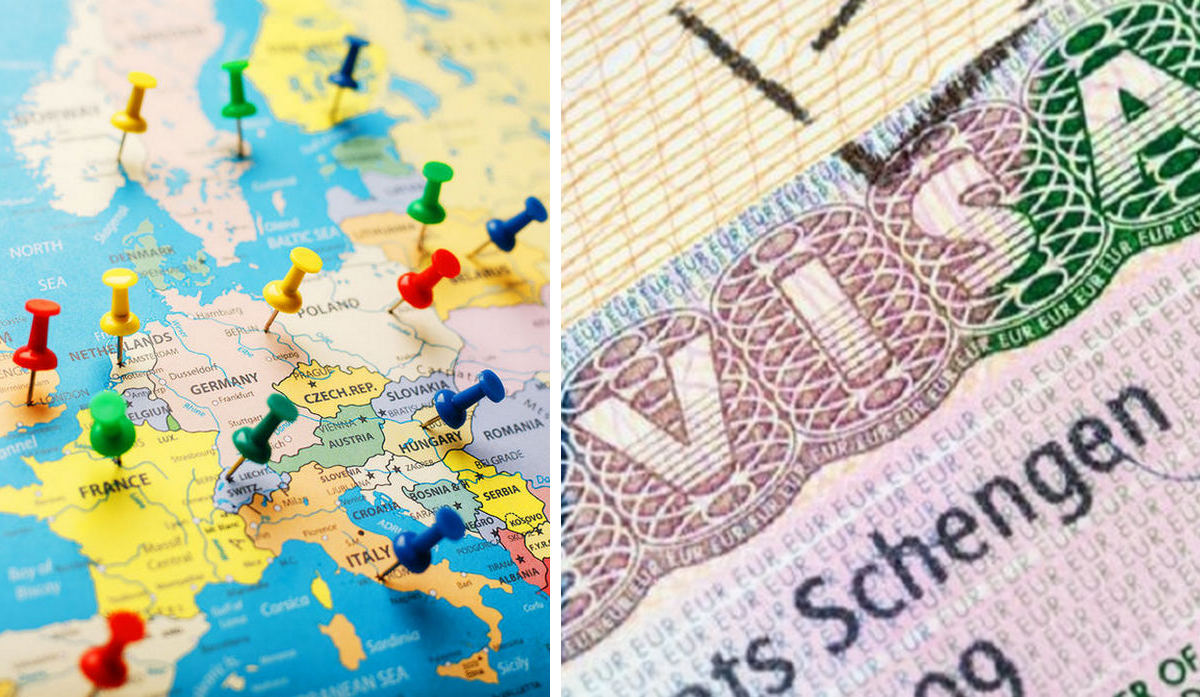The Council of the European Union has approved the digitization of the Schengen visa application process — and this means that soon the EU will radically change the procedure for obtaining it. The main point is that tourists from non-Schengen countries will be able to apply for a document online, without the need to visit a consulate or embassy and wait for a response to their application.
As EU representatives assure, the online application system will simplify the entire process, allowing national administrations to respond to visa requests faster and more efficiently. “This will simplify the application process for travelers and at the same time ease the burden on national administrations, which will be able to respond more quickly and efficiently,” said Fernando Grande-Marlasca Gómez, Spain’s acting interior minister.
In order to move to the new rails, it is necessary to create a platform for submitting applications for obtaining a visa in the EU. and also pay visa fees. On the same platform, they will be notified of their visa decision and a visit to the consulate will become virtually unnecessary, except for first-time applicants, those with a new travel document and those with expired biometrics. Also, according to the new rules, the visa sticker will be replaced by a “safer and more complex” barcode with a cryptographic signature – that is, they promise to reduce the risk of forgery and theft of visa stickers.
The answers to the main questions of tourists are given as follows:
How will it work? The EU Commission will create a visa platform. Except in some exceptional cases, Schengen visa applications will be submitted through a single website. This EU-owned site will redirect the application to the national visa systems of the relevant member of the union. That is, everything will be done on a single site, in any EU country a tourist has gathered. The system will transfer the completed applications to the national visa system of the country where the trip is planned. Visa applicants will be able to upload electronic copies of their travel and supporting documents to a website prepared by the EU. All the data required for the visa will be available on the website. Applicants will also be able to pay the visa fee through this website. Results of visa applications will also be sent to applicants through this site.
How to apply? A tourist who needs Schengen will need to create an account in the system. There he will fill out the application form and upload the necessary documents. He will then complete the application by paying the visa fee online. The status of the application can also be monitored there, and as soon as the visa is approved, applicants will be able to access it online.
Where to apply? Applicants will be able to access all their visa applications from one account. The Commission envisages phasing out the national portals of each member state and replacing them with a single application platform at the EU level. National platforms will be discontinued within 5 years of the entry into force of the statement.
Who will be an exception to the general order? Tourists who are applying for a visa for the first time will have to go to the consulate in person to obtain a Schengen visa. It will also be necessary for those whose biometric data are no longer valid, as well as for those who have a new travel document (passport).
When will it start working? At the moment, the EU is preparing the necessary infrastructure. The development of the digital application platform through the EU Tourist Information and Travel Authorization System (ETIAS) will start in 2024. It is likely that the first applications will be accepted from 2026. After a five-year transition period, all member states will start using the digital application system in 2031.

